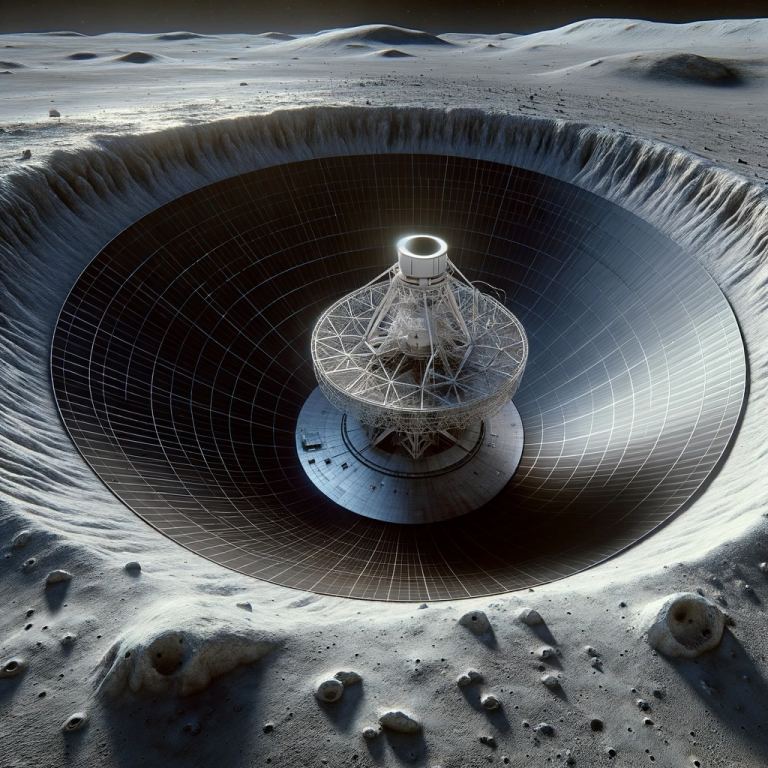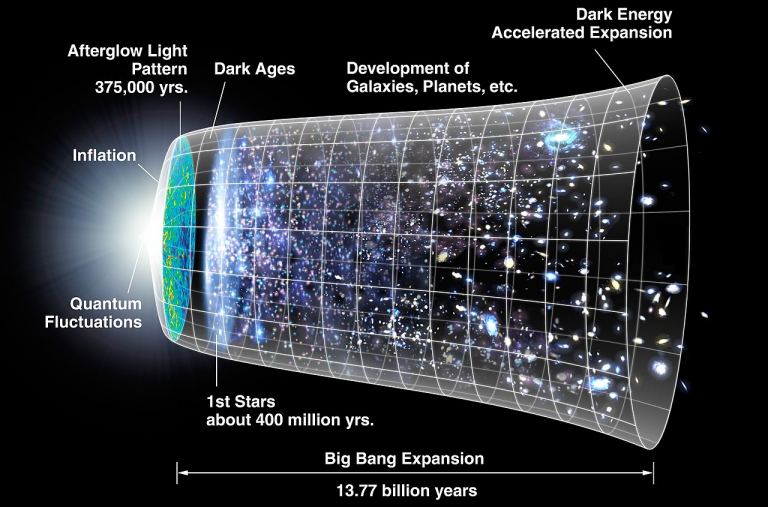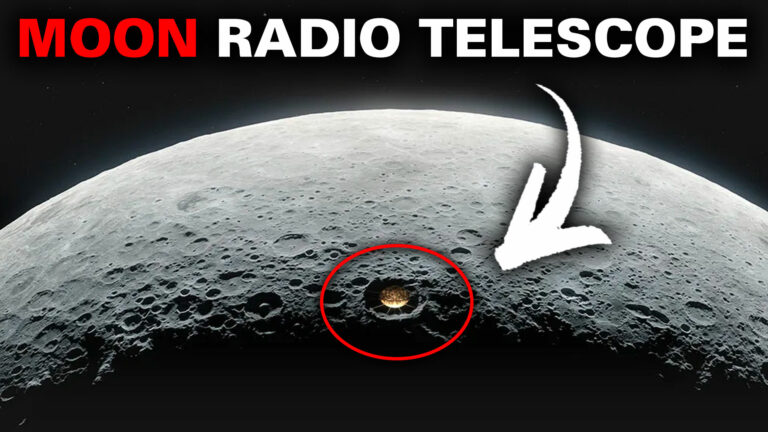Deploying a Lunar Radio Telescope Could Enhance Our Insight into the Initial 50 Million Years of the Universe

In the forthcoming decade, various space agencies and commercial space entities are committed to returning astronauts to the Moon and establishing the essential infrastructure for prolonged lunar habitation. This initiative encompasses projects such as the Lunar Gateway and the Artemis Base Camp, a collaborative venture spearheaded by NASA with support from the ESA, CSA, and JAXA, alongside the Russo-Chinese International Lunar Research Station (ILRS).
Additionally, multiple agencies are exploring the feasibility of constructing a radio observatory on the Moon’s far side, where it can operate devoid of terrestrial radio interference.Advocates for such an observatory have long emphasized the potential for groundbreaking research it could facilitate, particularly in studying the Universe during the early “Cosmic Dark Ages,” predating the formation of the first stars and galaxies (approximately 50 million years post-Big Bang).
While numerous predictions have been made regarding the scientific capabilities of a lunar-based radio observatory, a recent research study conducted by Tel Aviv University stands out as the first to delineate the actual transformative outcomes such an observatory could achieve.Led by Prof. Rennan Barkana and Dr. Rajesh Mondal, an astrophysics professor and postdoctoral researcher, respectively, from the School of Physics and Astronomy at Tel Aviv University, the study, titled “Prospects for precision cosmology with the 21 cm signal from the dark ages,” has been published in Nature Astronomy. Their findings suggest that the measured radio signals hold the potential to assess the Standard Model of Cosmology and ascertain the composition of the Universe.

The period known as the Cosmic Dark Ages, spanning approximately 130,000 to 1 billion years post-Big Bang, has traditionally posed challenges for astronomers, primarily due to its elusive nature. Light from this cosmological epoch is redshifted to the extent that it is observable solely in the radio spectrum.
Moreover, the only sources of photons from this era are residual radiation from the Big Bang—observable today as the Cosmic Microwave Background (CMB)—or manifest as the 21 cm line (hydrogen line) resulting from the reionization of neutral hydrogen.To study these radio waves, the vantage point must be in space, where atmospheric interference and other radio sources are absent.
Additionally, a radio observatory on the far side of the Moon would be shielded from radio interference originating from our Sun. However, the establishment of such an observatory remains a substantial challenge. Professor Barkana, in a recent statement from Tel Aviv University, highlighted the complexities:”NASA’s new James Webb space telescope recently identified distant galaxies whose light reaches us from the cosmic dawn, approximately 300 million years after the Big Bang. Our new research focuses on an even earlier and more enigmatic era: the cosmic dark ages, merely 50 million years after the Big Bang. The conditions in the early Universe were markedly different from today.”
The study integrates current knowledge of cosmic history with various possibilities for radio observations to unveil potential discoveries. Specifically, we computed the intensity of radio waves based on the density and temperature of hydrogen gas at different times, demonstrating how the signals can be analyzed to extract the desired results.”

For astronomers aiming to explore the frontiers of cosmology, the Cosmic Dark Ages present an invaluable opportunity to examine the earliest stars and galaxies in the Universe. In their research, Barkana and Mondal contend that a lunar radio observatory could gauge radio signals, providing insights into the composition of the early Universe, scrutinizing the cosmos’s expansion rate (and thereby testing Dark Energy theory), and potentially unraveling the enigma of Dark Matter—fundamental aspects of the Lambda-Cold Dark Matter (LCDM) model, the cornerstone of the Standard Model of Cosmology.Furthermore, their findings indicate that utilizing an array of multiple radio antennas could enable scientists to precisely measure the quantities of hydrogen and helium shortly after the Big Bang.
A meticulous determination of both elements would furnish valuable information on the genesis of ordinary matter from hydrogen, which fueled the formation of the initial stars, leading to the gradual emergence of heavier elements, planets, and eventually life. Additionally, with an even larger array of lunar antennas, it becomes feasible to measure the mass of cosmic neutrinos—a pivotal parameter for advancing physics beyond the Standard Model of Particle Physics. Professor Barkana encapsulates the potential of lunar observations, stating:”When scientists open a new observational window, surprising discoveries usually result.
With lunar observations, it may be possible to discover various properties of dark matter, the mysterious substance that we know constitutes most of the matter in the Universe, yet we do not know much about its nature and properties. Clearly, the cosmic dark ages are destined to shed new light on the Universe.”
This article is republished from UNIVERSETODAY under a Creative Commons license. Read the original article.
Do not forget to share your opinion with us to provide you with the best posts !




0 Comments